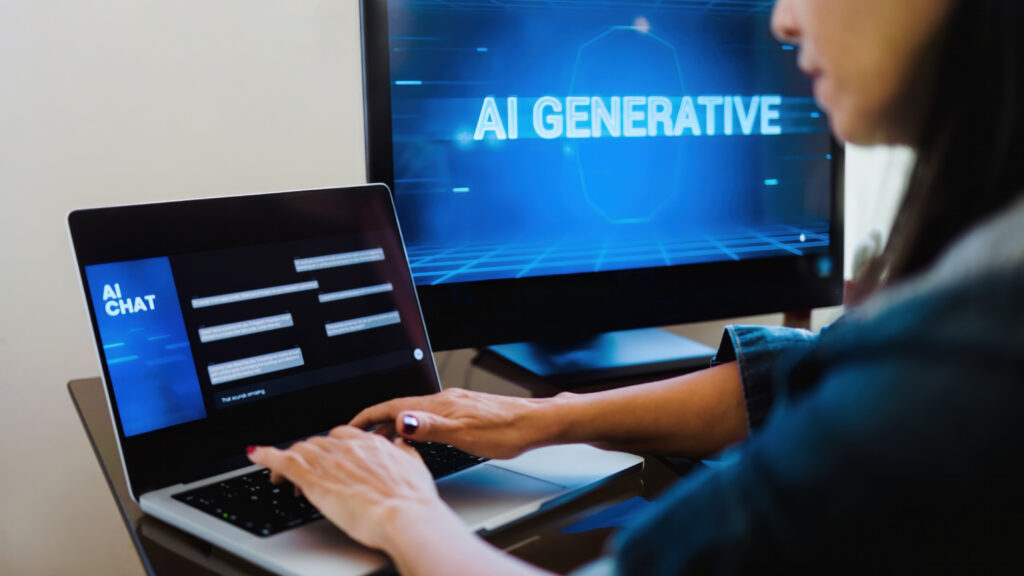In today’s fast-moving digital landscape, businesses and developers demand AI systems that can adapt instantly to new tasks—without costly retraining or massive data collection. Large commercial generative AI models like ChatGPT and Google Bard deliver precisely this flexibility through few-shot and zero-shot learning, enabling you to tackle a wide array of challenges with a single, unified model.
Here’s how this capability transforms the way organizations prototype, build, and scale intelligent applications.
What Is Few-Shot and Zero-Shot Learning?

Zero-Shot Learning: The model performs a task it’s never seen before, based solely on a clear textual instruction.
Few-Shot Learning: You provide the model with just a handful of examples (often 1–5) alongside your instruction, and it generalizes from those examples to produce high-quality outputs.
Unlike traditional machine-learning pipelines, which require building and fine-tuning separate models for each new use case, few-shot and zero-shot learning lets you drive one general-purpose model to handle virtually any task.
Still confused about the different AI models out there? Check out our comparison of GPT-4o Turbo vs GPT-3.5 to see which one fits your goals.
Why This Matters for Your Business
1. Unmatched Versatility
- Cross-Domain Capabilities: From drafting marketing copy and summarizing legal contracts to debugging code and generating lesson plans, the same model handles all tasks seamlessly.
- Rapid Task Switching: Simply change your prompt or swap a couple of examples, and the model shifts contexts—no engineering cycles required.
2. Reduced Development Overhead
- No Large-Scale Labeling: Skip the time-consuming process of collecting, cleaning, and annotating huge datasets for every use case.
- Lower Infrastructure Costs: Maintain a single service endpoint rather than hosting multiple specialized models.
3. Faster Time to Market
- Instant Prototyping: Experiment with new AI-powered features—like chatbots that also generate reports or tools that translate and format documents—in minutes.
- Iterative Improvement: Refine prompts on the fly based on user feedback, without retraining or redeploying models.
4. Broad Domain Coverage
- Extensive Training Data: Trained on billions of tokens—from web pages and books to code repositories—these models grasp a vast range of topics and styles.
- Consistent Quality: High-quality outputs even in specialized or technical subjects, thanks to diverse pretraining.
Real-World Use Cases

1. Customer Support Bots
- Zero-Shot: “Explain our refund policy in simple terms.”
- Few-Shot: Provide 2–3 sample Q&A pairs, and the model handles the rest.
2. Content Generation
- Blog Writing: Supply a brief outline and 2 example intros—get fully fleshed-out posts tailored to your brand voice.
- Social Media: Drop in 3 example tweets or captions, and the model generates dozens more that match your style.
Curious how AI changes the way we communicate? See why we ask questions differently on ChatGPT vs Google.
3. Data Analysis & Reporting
- Prompt: “Summarize this sales CSV and highlight any month-over-month trends.”
- Result: A concise report with insights—no manual coding or dashboard setup needed.
4. Code Assistance
- Few-Shot: Show 2 examples of desired function signatures; the model writes new functions consistent with your codebase conventions.
Best Practices for Maximizing Few-Shot/Zero-Shot Performance
- Craft Clear Prompts: Use explicit instructions and define desired output formats (e.g., “Return a JSON object with fields: title, summary, and keyTakeaways”).
- Select Representative Examples: For few-shot, pick examples that cover edge cases and typical scenarios to guide the model’s generalization.
- Iterate and Refine: Review outputs carefully—tweak phrasing or swap in better examples to improve consistency and accuracy.
- Monitor and Evaluate: Implement human-in-the-loop reviews for sensitive tasks, and track metrics like correctness, coherence, and relevance.
Conclusion
Few-shot and zero-shot learning unlocks the true potential of large commercial generative AI models, delivering unmatched versatility, lower costs, and lightning-fast time to market. Whether you’re building customer-facing applications, automating content creation, or accelerating data analysis, embracing this adaptive approach lets you focus on innovation—rather than the intricacies of model training.
Ready to empower your team with AI that adapts on demand? Start experimenting with few-shot prompts today and discover how quickly you can turn ideas into production-ready features.

